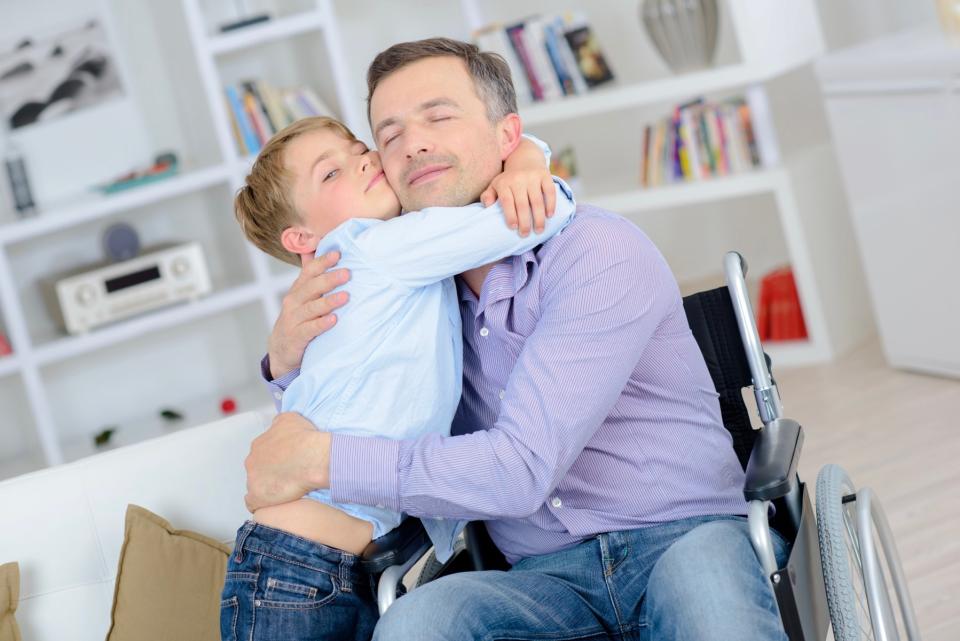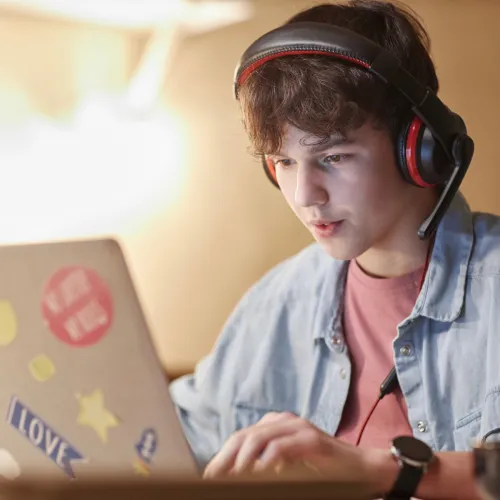5 Ideas for Supervised Visitation
Supervised visitation allows co-parents to build healthy foundations for future relationships with their children, and offers opportunities for healing past issues in a safe environment. Because of the importance of supervised visitation, parents may end up feeling as if their entire relationship with their children is riding on how these visits progress. It’s no wonder that the hours, or even days, leading up to visitation can be filled with fretting about what to do or what to say.
It’s all too easy to put too much pressure on yourself and your children during your time together as a result. That makes planning for your supervised visitation a careful balance between preparation and expectation management. To help achieve that balance and keep your time with your children positive, here are 5 ideas to consider when planning for your next supervised visitation.

Tailor the activities to your child’s interests.
While some supervised visitation centers will have a limited number of activities available for use, these options are less than ideal. If possible, it’s better to bring an activity that you know will be of interest to your child.
Rather than leave it to chance, prepare for your visit by selecting a game, book, or other activity tailored to your child’s passions.
You don’t need to be able to purchase a new activity or item for each visitation.
Rely on free resources from the library, for example, rather than feel pressured to buy something new every time.
The most important outcome of your supervised visitation will always be spending quality time with your children, a goal that doesn’t require the latest toy or game.
Tailor expectations and planned activities to how long the supervised visitation will last.
What can be accomplished during a visit depends greatly on how long your supervised visitation will last. Try to plan activities that are appropriate for the length of your visitation. Having to stop in the middle of a game of chess may not be the end of the world, but may feel frustrating if it becomes the theme of your time together.
You also have the option of selecting activities that can be broken down into smaller components better suited to the length of your supervised visitation.
Try to read one chapter per visit, for example, from your child’s favorite book series.
Or select an activity that can be packed up and finished at a later time, such as a coloring book featuring your child’s most beloved cartoon characters.
Tailor expectations and planned activities to the age of your child.
Activities planned for your supervised visitation should always be tailored to the age and developmental stage of your child. Pay careful attention to suggested age-ranges for all media and games you may choose to bring along.
If your child is older, there may be less of a need to fill every moment of your visitation with some form of entertainment. It may be more appropriate to simply have conversations with your children, asking them about their schooling, friends, and other concerns, or even providing help with their latest homework assignment.
Do not be too upset if your plans for your supervised visitation do not go perfectly.
Even after tailoring the activities and expectations to your child’s interest, their age, and the length of your visit, sometimes things still won’t go perfectly.
Your child’s emotional state, or even your own, may work against everything clicking into place perfectly, despite any preparation.
Supervised visitation can be a stressful time for parents and children alike. If your child is feeling anxious or upset, be understanding and empathetic to their situation.
Be flexible with the activities you plan, and perhaps bring a backup just in case.
Where your child may not feel up to a competitive round of chutes and ladders, a short story read to them by their mom or dad may be more their speed.
Supervised visitation is an opportunity to build a strong foundation for relationships that are meant to last a lifetime. Don’t be discouraged if the occasional visitation does not go according to plan. As long as you’re taking positive steps toward a healthy relationship with your children, you’ll be moving in the right direction.
Never cancel without sufficient notice or reason.
This is the most important thing to keep in mind at all times when planning your supervised visitation. Parents should try their utmost to provide stability with supervised visitation, which means never cancelling without sufficient notice or reason.
Emergencies happen, but if emergencies seem to plague your supervised visitation schedule, at some point along the way, those emergencies have morphed into a bad habit and should be corrected immediately.
Children should not have to experience the inconsistency of a parent’s attentions.
Be responsible and commit to the schedule you have for your supervised visitation.
If your attendance becomes spotty, your children will have a difficult time understanding what is more important than the few moments they have with you during supervised visitation.
Supervised visitation offers parents an opportunity to repair the relationships with their children in a safe and secure environment. Because of how important the parent-child relationship is, planning for supervised visitation time can feel daunting.
Wanting it to go perfectly, parents can put undue pressure on both themselves and their children. However, through careful preparation and expectation management, parents can create a positive atmosphere that will allow their relationship with their children to thrive.



